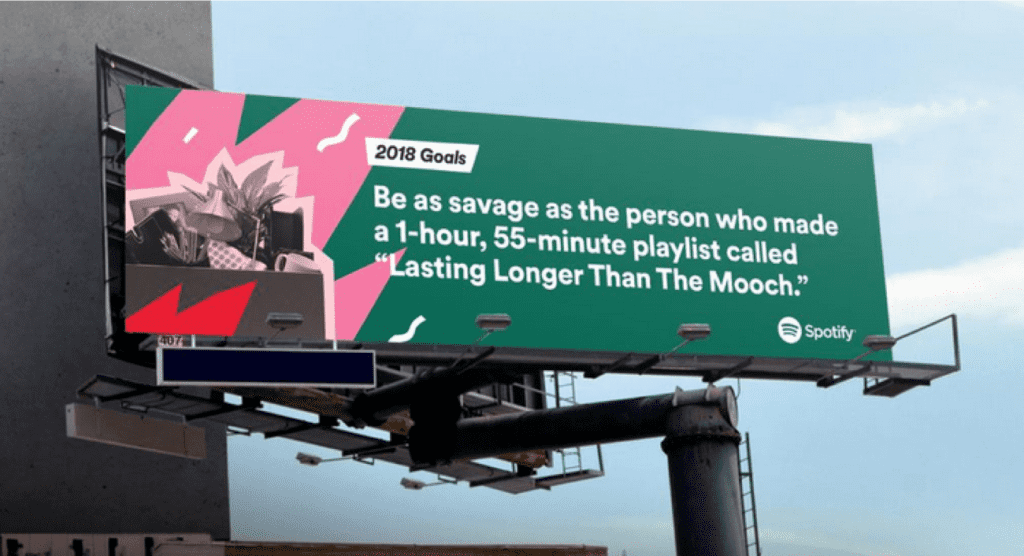A scourge of the modern era is the bombardment of information and stimulus that means we are all usually doing several things at once which means brands have to try and cut through the new phenomenon that is continuous partial attention.
For brands, this means they have to work harder to grab and hold people’s attention, or they’ll be lost in the noise. So what options do brands have?
1. Use compelling and emotional storytelling
A Princeton University study found that when people listen, and understand, a story, they “experience the exact same brain pattern as the person telling the story.” They empathise and anticipate. What’s more, they tell the story to others.
A good story makes us feel like we’re part of it. It holds our attention when more straightforward messaging can’t.
Brands like Nike understand that compelling content will always trump a dry sales pitch. It can encapsulate a story in a single image. Look at Nike’s work on its Equality campaign, and the work it’s done with Colin Kaepernick.
Nike draws us in with a story and tells it well in a minute or less. It doesn’t waste our time by telling us what to think and feel, it shows us.
2. Make it relevant
The story of how a brand came to be may be interesting. The story of how its team developed its latest product may be enlightening. Both tend to lack relevance to the person the content is designed to entice.
This doesn’t mean brands can’t celebrate their successes. They just need a shift in focus away from a brand-centric view to a consumer one.
North Face managed to promote its 50th anniversary by producing a short video which showcased regular people having an adventure using North Face gear. The #QuestionMadness video is approaching eight million views.
Spotify uses listening data to create some of its advertising campaigns (like #2018Goals), the results are often funny and attention-grabbing. By exploring what the community is listening to, Spotify reminds people that they are part of that community themselves, and may make others interested in finding out more.

We want to know if we will like a brand or product. Is it worth our time? Should we be paying our full attention to what it has to say? By showing us how people like us use and enjoy the brand’s products, the brand creates authentic content that makes us pay attention.
3. Authority comes from people, not brands
As some gaming brands have experienced in recent weeks, branded ads don’t have the authority of the consumer’s voice. You can work with mega-influencers and tell the world how amazing your product is, but if the people buying it don’t agree it’s their voice that will carry the weight.
According to Podium, 93% of consumers say that online reviews impact their purchasing decisions. What’s more, many wouldn’t shop with a business that had less than 3.3 stars.
People listen to other people. They watch how people interact with each other. Great brands create real human connections and that means engaging with real people who can act as nano or micro-influencers. MoonPie does this brilliantly:
Maybe buy her something she does like you are her husband you should know these things https://t.co/TpPjo30wEG
— MoonPie (@MoonPie) November 29, 2018
MoonPie shuns stilted and overly corporate language and posts responses that make people pay attention and share their responses. You never know what a brand like this is going to say next, and the suspense keeps people focused on their content.
While we are living in a world that supports and encourages our fractured attention, people aren’t always hopelessly pinging from one diversion to the next. Content can grab and hold our attention, but it needs to be engaging. It must be relevant, and it works best when we see that it has the attention of others as well.





